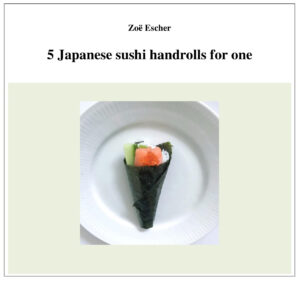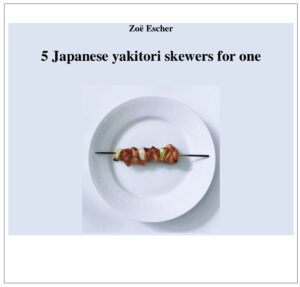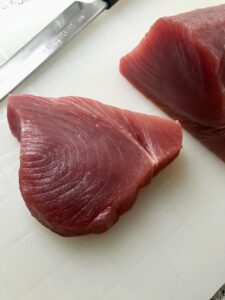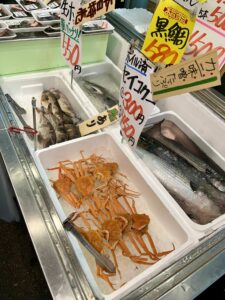
In Japan, I have never seen Japanese chefs use avocado in sushi.
Avocado is a fruit that I have not seen in local greengrocers and supermarkets meaning that it is not sold to private individuals.
What characterizes Japanese cuisine is that chefs use ingredients that are in season. This also applies to sushi restaurants. When Japanese chefs make sushi rolls, they also use fish and vegetables that we do not know in Europe or USA.
This is the Japanese definition of sushi.
If you ask sushi chefs in Japan, their answer will always be to use fresh materials of high quality it is up to the sushi chef to transform the raw materials into tasty pieces of sushi for the delight of the guests.
On the Sushi course for beginners, you learn step by step how to make tasty sushi with the most popular raw materials for sushi in Denmark. You get the best tips on how to succeed every time with your sushi.
Read more about Sushi course for beginners
_
Zoë has lectured and held sushi courses for A. P. Moller – Maersk, Hugo Boss Nordic, Novo Nordisk, Novartis, Velux, Gorrissen Federspiel, Beierholm revision, Elbek & Vejrup and many more.








